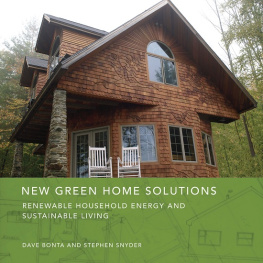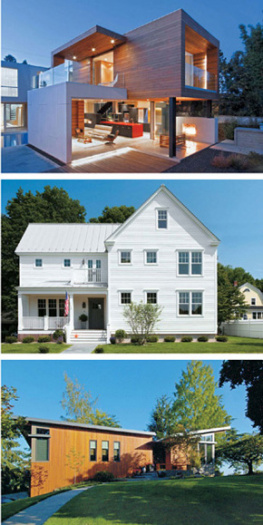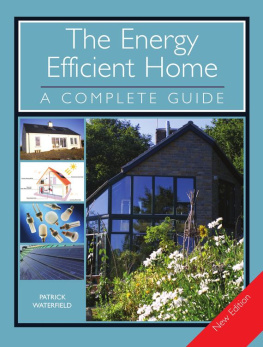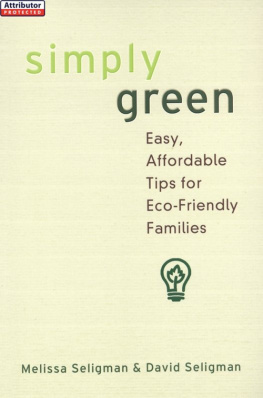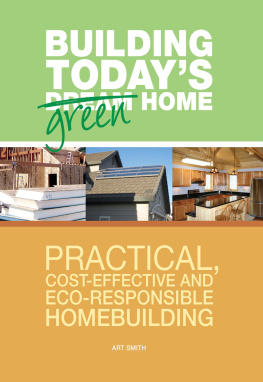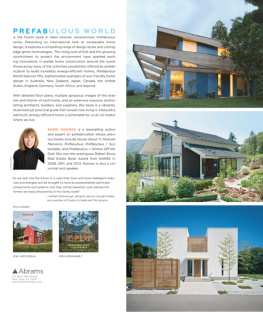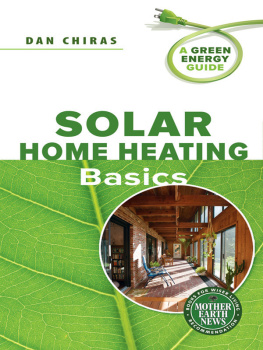New Green Home Solutions

New Green Home Solutions
Renewable Household Energy and Sustainable Living
Dave Bonta and Stephen Snyder

GIBBS SMITH
TO ENRICH AND INSPIRE HUMANKIND
Salt Lake City | Charleston | Santa Fe | Santa Barbara
First Edition
12 11 10 09 08 5 4 3 2 1
Text 2008 Dave Bonta and Stephen Snyder
Photographs 2008 as noted
All rights reserved. No part of this book may be reproduced by any means whatsoever without written permission from the publisher, except brief portions quoted for purpose of review.
Published by
Gibbs Smith
P.O. Box 667
Layton, Utah 84041
Orders: 1.800.835.4993
www.gibbs-smith.com
Jacket design by Black Eye Design
Interior design by Kurt Wahlner
Printed and bound in China
Gibbs Smith books are printed on either recycled, 100% post
consumer waste, or FSC certified papers.
Library of Congress Cataloging-in-Publication Data
Bonta, Dave.
New green home solutions : renewable household energy and sustainable living / Dave Bonta and Stephen Snyder. 1st ed.
p. cm.
Includes bibliographical references.
ISBN-13: 978-1-4236-0389-4
ISBN-10: 1-4236-0389-3
1. Ecological houses. 2. Dwellings--Energy conservation. 3. Sustainable
living. I. Snyder, Stephen, 1961- II. Title.
TH4860.B66 2008
644dc22
2008020739
Contents
First and foremost, we want to acknowledge our agent, Jeanne Fredericks, who believed in this project from the very beginning. Her steady guidance, constant encouragement, and valuable input are a true gift to any writer. Thanks also to our publisher, Gibbs Smith, who not only shared our vision for this book but also gave us unlimited freedom in bringing it to fruition. Our editor, Hollie Keith, deserves many thanks for her infinite patience and understanding in addition to wise editorial advice. We also must thank Derek Young from the Putney Solar Store for his help with the manuscript and all of the Solar Store family for their contributions: Martin Kelly, Brian Torrico, Joe and Tony Uzabel, Pablo Fleischmann and Valerie Piedmont, Michael Ponce, Brad Vietje and Linda Ide, Peter Slota, Mark Skinder, Scott Hitchcock, Mitch Sidd, John Blittersdorf, Dee Dee Green, John Hinrichs, John Haugsrud, Scott Blood, and George Chorba. We cannot forget the USA Solar Store staff: Barbara Ryan, Diane Reynolds, and Dani Bonta, who pitched in to help this project along and patiently endured the time and energy it took away from the daily operations. Thanks also to Bruce Fiene and Mark ODonnell, two friends who happen to be gifted photographers and who always rescue us in times of need. Thanks to SEA Solar Store owner Jack Bingham for his invaluable photography skills. Finally, a big thank-you to Ian Snyder for photography assistance, and to Melissa and Virginia Synder for endless love, patience, and support.
We have to acknowledge all of the renewable energy pioneers, writers, and experts from whom we have learned: John Schaeffer, Helen and Scott Nearing, Bill McKibben, Greg Pahl, Stephen Morris, Paul Scheckel, Dan Chiras, Nancy Taylor, Carol Venolia, Crissy Trask, James Kachadorian, Alex Wilson, Paul Gipe, and Doug Pratt, to name but a few.
We also thank the homeowners, builders, architects, designers, and renewable energy companies who made this book possible: Tom and Lisa Gaskill, Dave and Terry Coleman, Peter and Donna Hudkins, Energie PGE, Stiebel Eltron, Al Rich and SolarRoofs.com, Cell-Tech, Sam and Christine Garst, Barbara Bourne, Andy and Stephanie Rose, Paul Wm. Moore, Jim Sargent and Vickie Anderson, Michael Frerking, David Arkin, Doug Graybeal, Ben Gordesky, Sydney and Rodney Wright, Terry Davenport, Toby Long, Tony Adrian and Marie Bossard, Gary Watrous, Mark Grantham, Rob Moody, Earl Torgerson, Mandy Metcalf, Donald Watson, Anthony Giammarino and Mona Dworkin, Emily Davis, EcoBuilders, Energy Systems and Design, Enertia Building Systems, Robert Zak and family, Bill Asdal, Bob Richer, and Stuart W. Rose.


Introduction
A Better Life
Most of the energy-based pollution we produce comes directly from our homeswhen we heat, cool, and light it. Unfortunately, all of the things we love about modern life use an astounding amount of fossil fuel and send devastating amounts of pollutants into our atmosphere. Now, after years of feeling helpless, millions of ordinary Americans are asking, What can I do? That is the central question this book hopes to address. Obviously the problem is enormous, and clearly there is no single solutionno silver bullet. So, what can we do individually? The good news is that because we are so personally responsible for the problem, we have tremendous power right in our own hands to change this model.
Simply stated, renewable energy design, better insulation, and more efficient appliances could reduce our household energy demand by 60 to 80 percent. By embracing conservation and renewable energy, mainstream Americans not only win their own energy independence but also make their nation more secure and help save the planet. Can you imagine a more noble enterprise? More good news is that we have vast sources of renewable energy all around us. The cheapest source of energy we have is conservation. A reduction of just 5 percent of global energy use would save the equivalent of more than ten million barrels of oil daily. Incorporating energy-efficient technology into new home construction could reduce consumption by as much as 40 percent. The indisputable fact is that if everyone began conserving today, we would see immediate results.
Americans of every stripe are becoming a part of the green living movement, asking what they can do as consumers of energy. This book will address the new possibilities for home power as part of a new whole home strategy for living green. As Henry David Thoreau wrote: Whats the use of a fine house if you havent got a tolerable planet to put it on? Green living, like charity, begins at home.
Many of us in the green living movement were initially inspired by Helen and Scott Nearing, authors of Living the Good Life. The Nearings pioneered the back-to-the-land philosophy that blossomed during the counterculture movement of the 1960s. We believe that this book presents the next logical step in that processliving a better lifefor a new, sophisticated, and technologically savvy generation.
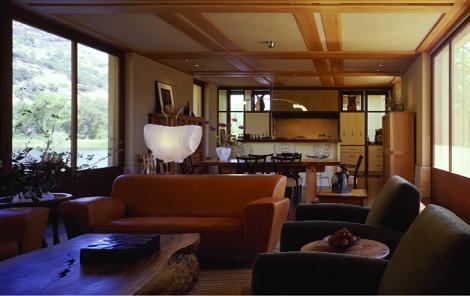
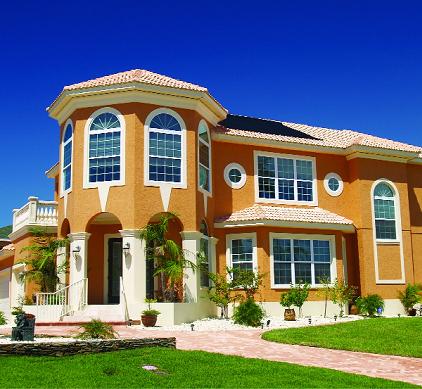

Understanding Energy Usage
Before considering alternative sources for your energy needs, look for ways to reduce the demand. As in the old adage A penny saved is a penny earned, any energy saved does not need to be generated by either fossil fuel or renewable energy. If your home is connected to the utility grid, implementing conservation and efficiency strategies means lower bills. If you are building a new home or remodeling an existing one, energy-efficient appliance and building design decisions will reduce renewable energy system expenses and lower or even eliminate your reliance on a backup power supply.
Next page
